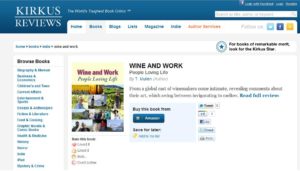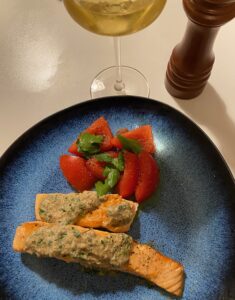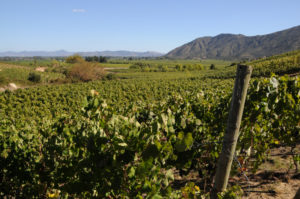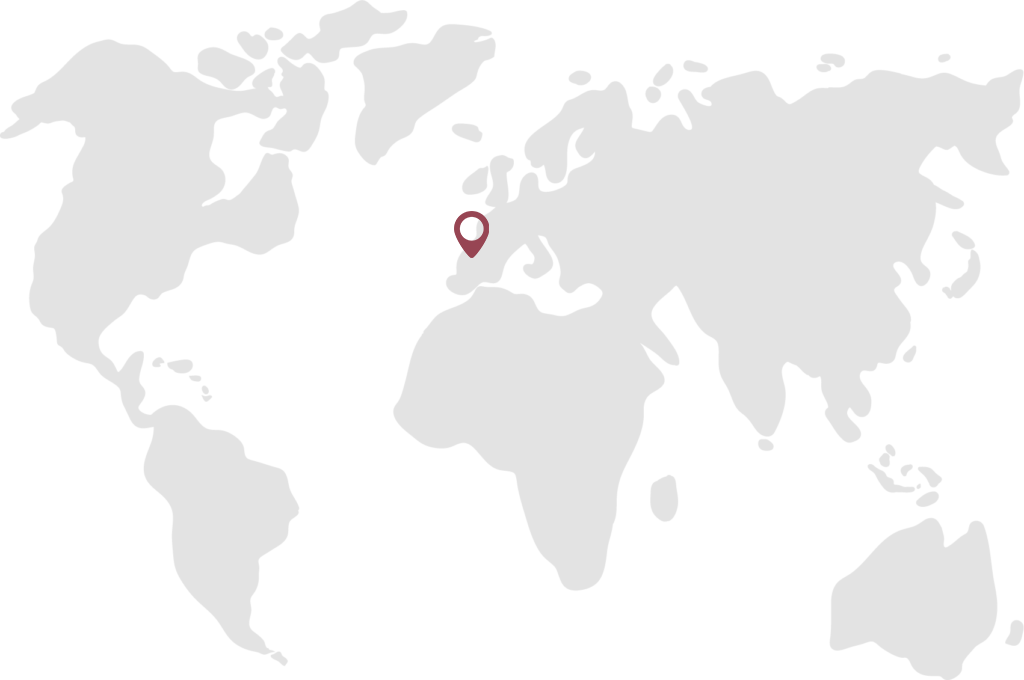As a break from reading about people who work with wine (which is the subject of the forthcoming book Vino Expressions – People, Wine, and Loving Work), let’s experiment with a new notion here. Rather than pair wine with food, try pairing wine with a book. Well, at least with the opening chapter of a book. Imagine you’re on a porch on a summer evening – or maybe seated by a fireside in winter – and you open a new book, enjoy the smell of those fresh pages, and pour yourself a glass of wine.
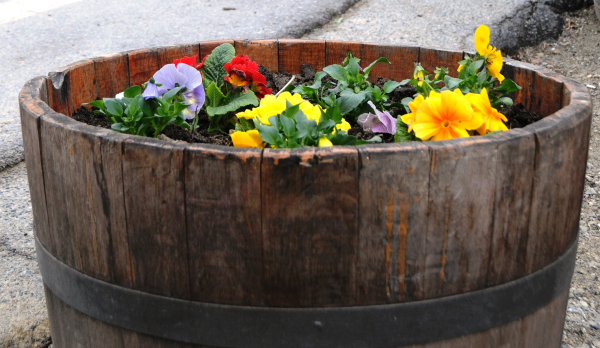
What wine do you pour? Can a wine be paired with a story?
Certainly. A certain wine can match the mood of a specific book.
To show this is true – I recommend a book and a bottle that complement each other. Be warned: neither are light, although both will hook you.
The book should keep your eyes wide and postpone your bedtime.
Before revealing this book’s title, let’s hear what others say about it. Historian Steven Ambrose (who wrote Band of Brothers, produced as a television series, as well as Undaunted Courage, about the Lewis and Clark expedition) said this book was one ‘…I absolutely could not put down and one that I will never forget.’
Sebastian Junger, author of The Perfect Storm and the recently released book titled War, wrote that this book is about ‘One of the epic treks of the human race…it must be read – and re-read.’
The name of this non-fiction book is The Long Walk – The True Story of a Trek to Freedom, by Slavomir Rawicz. First published in 1956, it’s the true story of a Polish soldier detained by the Soviets in November 1939 without a reason, then tortured and drugged and forced to sign a confession that he plotted against the Soviet Union. He was then transported to a labor camp in Siberia (just that part of his story, alone, is riveting). He managed to escape during a snowstorm with several other inmates, including an American named Mr. Smith. They spent well over a year walking thousands of miles southward – through Siberia’s frozen plains, across Mongolia’s searing Gobi Desert, and over Tibet’s daunting Himalayan peaks as they sought freedom in India.
The story describes one hard slog. It will make you appreciate many of the things we too often take for granted, including decent shoes, warm clothing, food, and freedom.
Here is the opening paragraph of the first chapter – titled Kkarkov and the Lubyanka:
“It was about nine o’clock one bleak November day that the key rattled in the heavy lock of my cell in the Lubyanka Prison and the two broad-shouldered guards marched purposefully in. I had been walking slowly round, left hand in the now characteristic prisoner’s attitude of supporting the top of the issue trousers, which Russian ingenuity supplied without buttons or even string the quite reasonable assumption that a man preoccupied with keeping up his pants would be severely handicapped in attempting to escape. I had stopped pacing at the sound of the door opening and was standing against the far wall as they came in. One stood near the door, the other took two or three strides in. “Come,” he said. “Get moving.”
[Lyons Press, Guilford, Connecticut USA, 1997]
Check out the recent movie about the book at:
http://www.nytimes.com/2011/01/09/movies/09weir.html?_r=1&scp=2&sq=peter%20weir&st=cse
For a serious book, you need a serious wine. That wine is definitely Barolo, made from the Nebbiolo grape in the Piemonte region of Italy (see the March 23rd entry of this web log). This is often called a thinking person’s wine. Some say it is too heavy to match with any food, including strong beef or wild game. Perhaps. But a few glasses certainly go down well when you plunge into reading Rawicz’s unusual adventure.
So, flip open The Long Walk and pour yourself a hefty dose of decent Barolo.
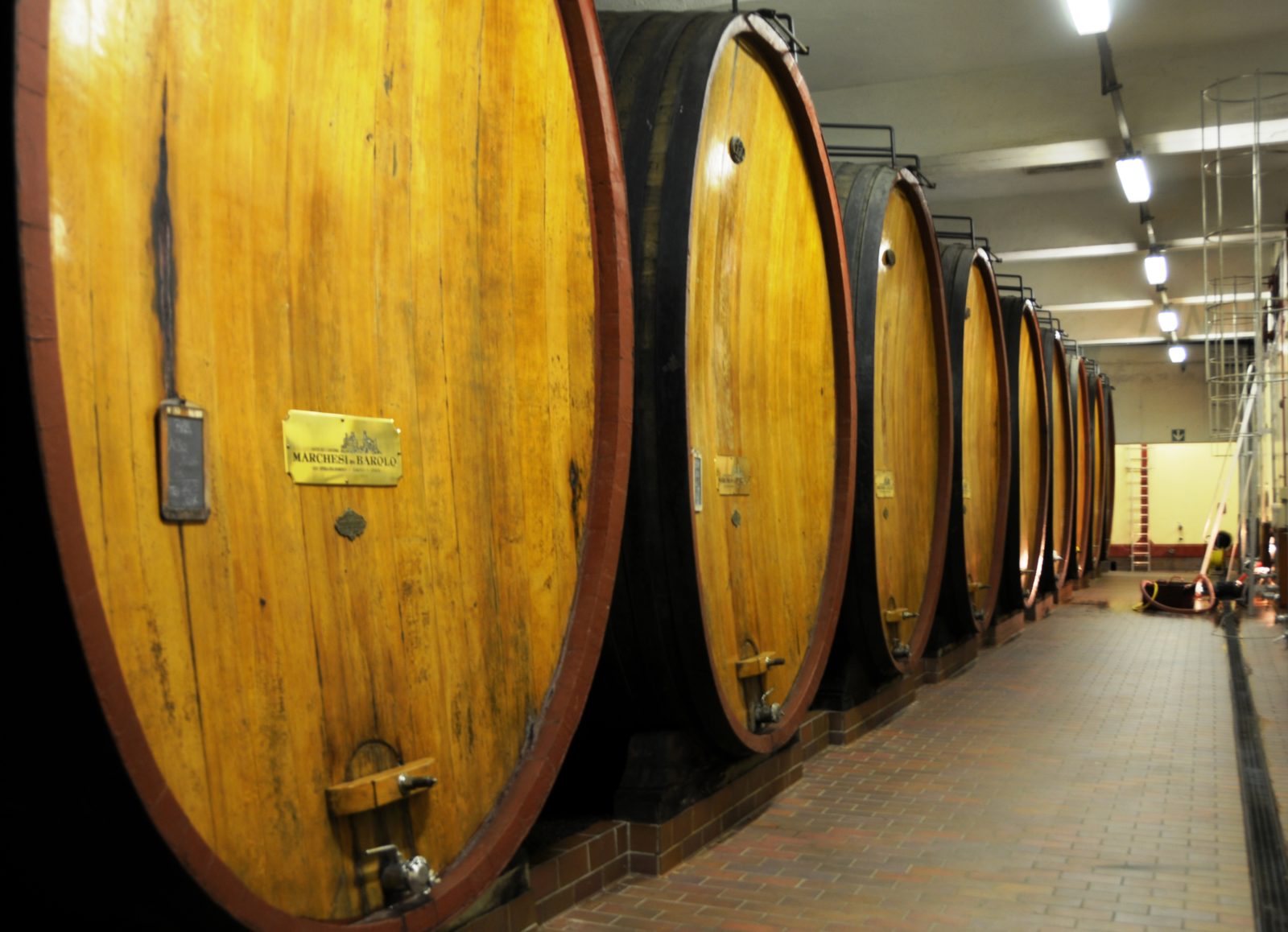
There are many great Barolos for sale (okay, they are relatively costly because of limited production). I recommend any Barolo from Marchesi di Barolo, or a La Serra Barolo from Marcarini – both wineries located the Piemonte region of Italy.
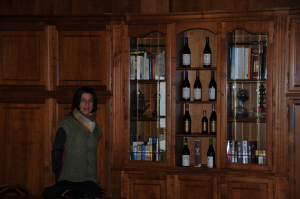
Why La Serra?
“Very elegant. Soft tannins. Good on the mouth. And there’s a looooong finish,” said Elena Felicetta when we spent time together one chilly February morning in the Marcarini cellars in the hilltop town of La Morra in Italy. But the real reason the wine is smooth? Because the grapes grown at 380 meters above sea level are whipped by strong winds. In contrast, local grapes grown at 350 meters stay sheltered from gusts and produce an ‘austere, masculine Barolo,’ according to Elena. Why the difference? Because grapes exposed to a degree of hardship, in this case higher winds, often produce smoother and more elegant wines.
If hardship for grapes can improve the wines they produce, can degrees of hardship also improve human lives? Perhaps. But even if that’s true, author Slavomir Rawicz (who died in England in 2004) probably would have wished for a lot less hassle in his life.
Fortunately, we can learn plenty of lessons from his magnificent story – for the price of a paperback.
